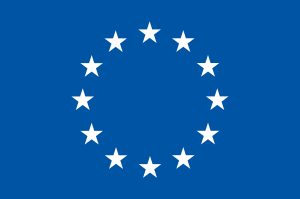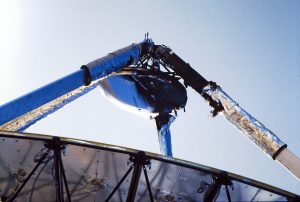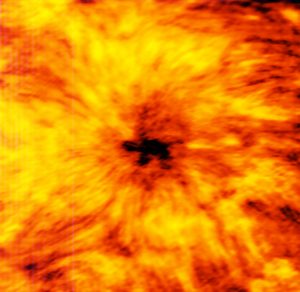PACE in collaboration with the ESO and the RadioNet consortium, is glad to announce that an “ALMA Data Processing Workshop” will take place in Lisbon on 5th (afternoon), 6th, and 7th of December.
The huge increase of the data available on the archive has improved enormously the possibility for the scientific community to exploit the potential of this fantastic instrument. However, there are still many issues related to the non friendly nature of interferometric data, which need different processes to be transformed in scientifically useful data.
The goal of this workshop is to bring together all the community which is planning to use ALMA data and put them together on an hands on session. We will guide the audience from the raw data towards scientifically exploitable data in 2 and half days of intense work. Furthermore, if someone has already in mind which data to use, the workshop will provide the perfect environment where to start your work.
The program together with logistic details will be soon available through the website.
We also inform the participants that fellowships are available for a small number of students, covering the travel and the accommodation.
LOC:
Ciro Pappalardo, Jose Afonso, Sandra Homem, Eva Lopes
SOC:
Ciro Pappalardo, George Bendo, Ciriaco Goddi, Dirk Petry
This event has received funding from the European Union’s Horizon 2020 research and innovation programme under grant agreement No 730562 [RadioNet]




